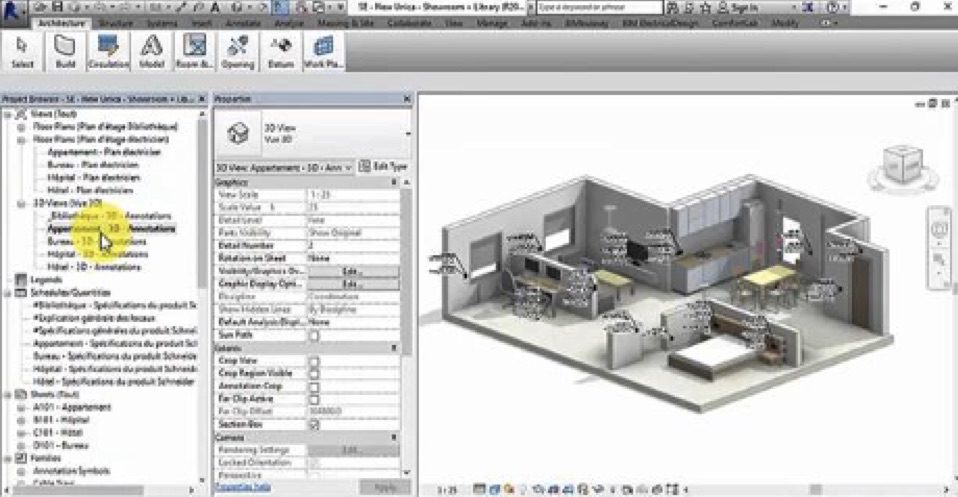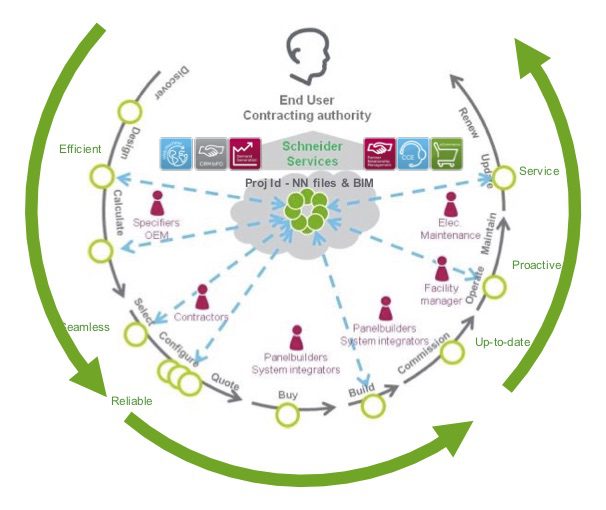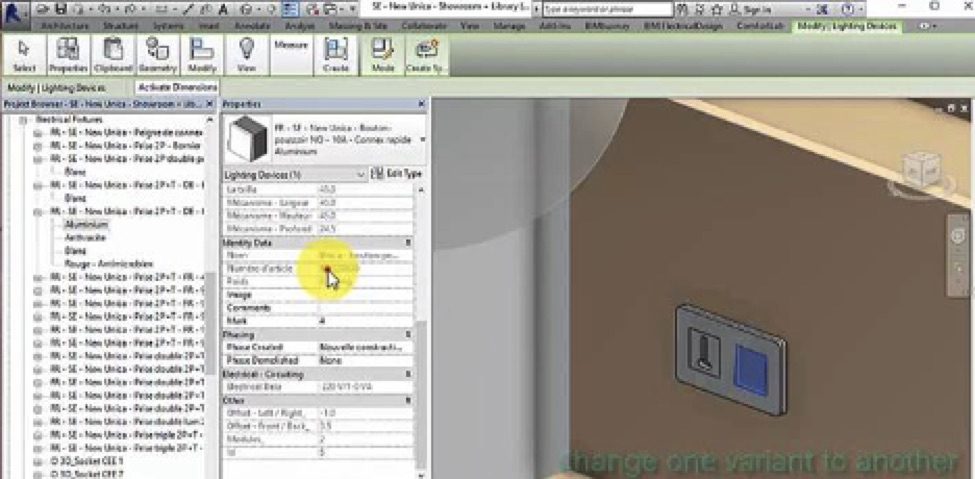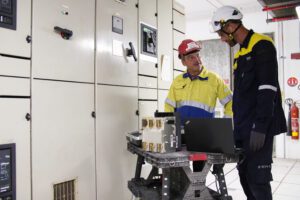As digitization sweeps across the construction industry, the business case for Building Information Modeling (BIM) couldn’t be clearer.
There are two transformations taking place in the construction sector, of energy and digitization, that are converging to make new homes cheaper and more efficient to build. By 2050, the global population is expected to reach 10 billion, tightly concentrated in larger cities as our lifestyles become more urbanized. Our existing buildings account for 40 percent of global energy consumption, and the impact of new buildings will have on global emissions and the environment will be closely scrutinized by future generations.
It’s well-known that as much as 80% of a building’s energy performance is decided during the first 20% of the design phase, and as a practical tool for pre-construction, BIM is used in a variety of applications to minimize the cost and time of projects.

With the help of various tools, such as 3D modeling, BIM can plan, design, construct and manage building projects from start to finish. According to Schneider research, almost two thirds of architects and engineers say BIM improves understanding of design intent, while 50% say BIM reduces errors and omissions in design documentation.
It is easy to see why. BIM is a process that begins with the creation of a digital twin of the building. This 3D model captures, explores, and maintains planning, design, construction, and operational data flow. The information in the model remains coordinated and consistent throughout the lifecycle of the project, and is available for simulation, analysis, collaboration, and communication. This helps to inform decision making for building and infrastructure projects in a way that transforms the design process to support the entire life cycle of the project, including occupancy and end-of-life.

This model helps to develop a structured digital information source so the building design can be modified and approved while testing its constructibility. This means that, in future, a facilities manager can also maintain the quality of the information going forward as a complete digital representation, with all relevant project and handover information.

The key thing to remember is that BIM relies, not on drawing, but a library of designed 2D and 3D object: a wall, a window, a light switch, or an electric panel – all attributes of a building that are sequenced into a costed project. The data points that surround these objects can show their history, energy and operational performance. This generative design has opened the door to prefabrication, and a realm of AI, AR and VR possibilities, meaning that cost saving potential is not limited.
In a nutshell, BIM is about building twice. Creating a digital model for the building for more efficient construction. But there are many types of BIM, from the standard 2D CAD drawing, to a mixture of 3D CAD for concept work with 2D drafts, to complete collaboration and sharing 3D designs across project teams. Globally, BIM is growing in popularity. Adoption levels are rising as the construction sector adapts to new ways of working, and new regulatory developments have been one of the driving factors behind this.
Tips to make the most of BIM
- Be realistic with the timetable and use a phased approach. To take full advantage of the methodology, you should learn how it applies to each phase of a project, what to expect from your team and what is expected of each stakeholder.
- Ensure your team is properly trained. Learning by trial and error will raise the cost of your time and resources.
- Partner with an expert. The initial stages of converting 2D plans to 3D and setting up the related systems that provide estimating data and construction documents are labor intensive and an expert can make the process simpler to follow.
- Standardize at the outset. Design specifications, estimating methods and other key data points must be developed consistently across the company and throughout the supply chain to avoid uncertainty. This will help the operation and maintenance of the completed asset.
- Share learnings with your partners. The end goal is always to save on costs and resources. By constantly updating your knowledge of evolving workflows you will ensure continued success.
Visit the Schneider Electric BIM library
About the authors

Strategic Intelligence and Business Development Director at Schneider Electric France, Bruno Guillaumont is a graduate of Information Technology university with a Master in Business Management. He began his career in software development for the nuclear and electrical industries, then held various positions in the strategy teams of the world leader in electrical distribution, automation and energy efficiency. At the origin of the BIM working groups in French professional organizations he’s on the steering committee of the national plan BIM2022 backed by government and President of BIM Operation Commission at ADN Construction (Digital Development in Construction industry association).

Marketing Director Home & Distribution at Schneider Electric France, Stéphane Droxler graduated from INSEEC Paris business School. He began his career in sales and marketing in France, then held various positions in international sales and international Marketing of the world leader in electrical distribution, automation and energy efficiency. He has worked for Home & Distribution since 2017 in various positions as Offer Marketing Manager and Customer Marketing Manager. Stephane is responsible for articulating the Wiser vision for the residential French market. In this role, he works to ensure the company’s innovations meet the trends in the market.


